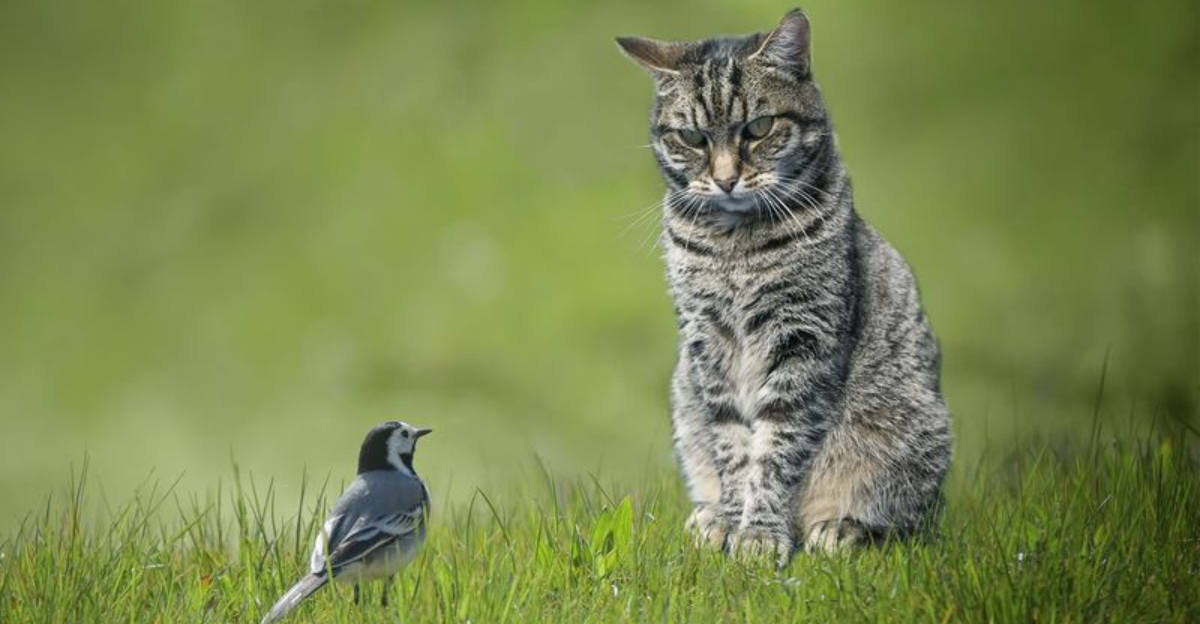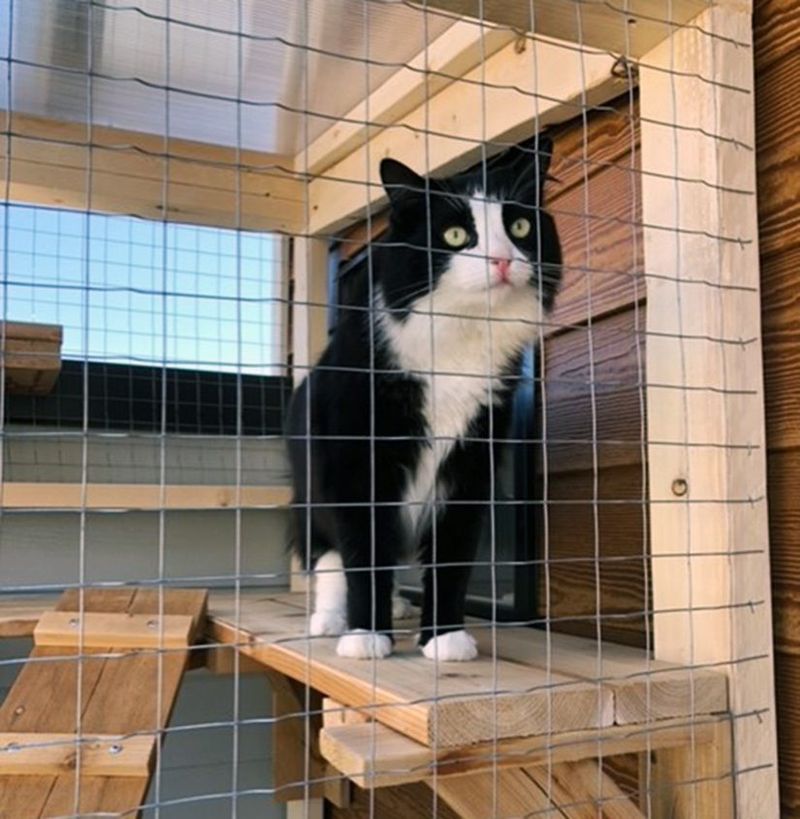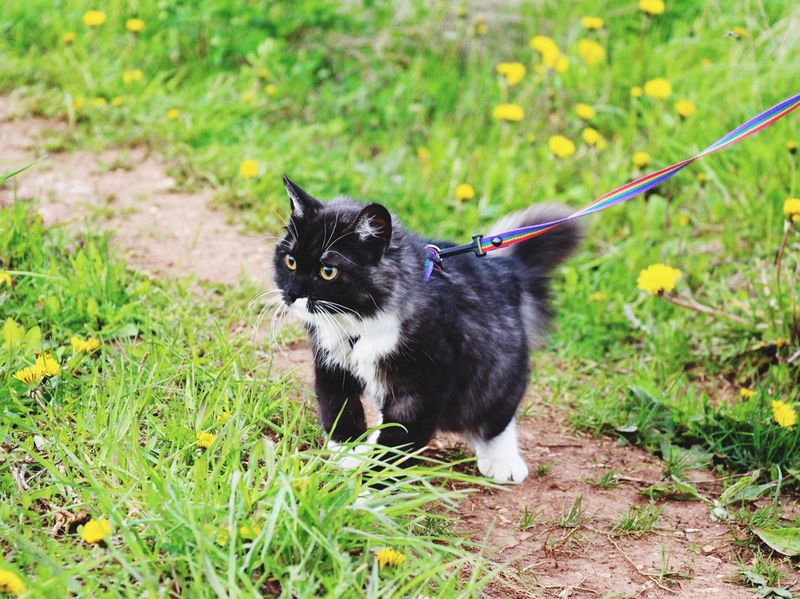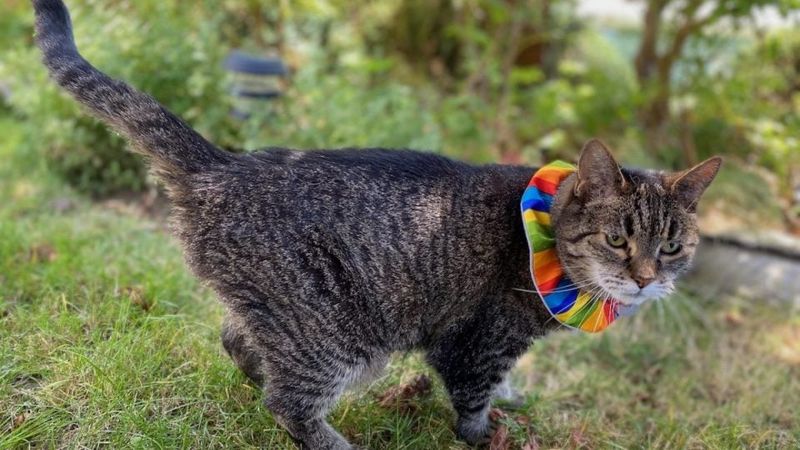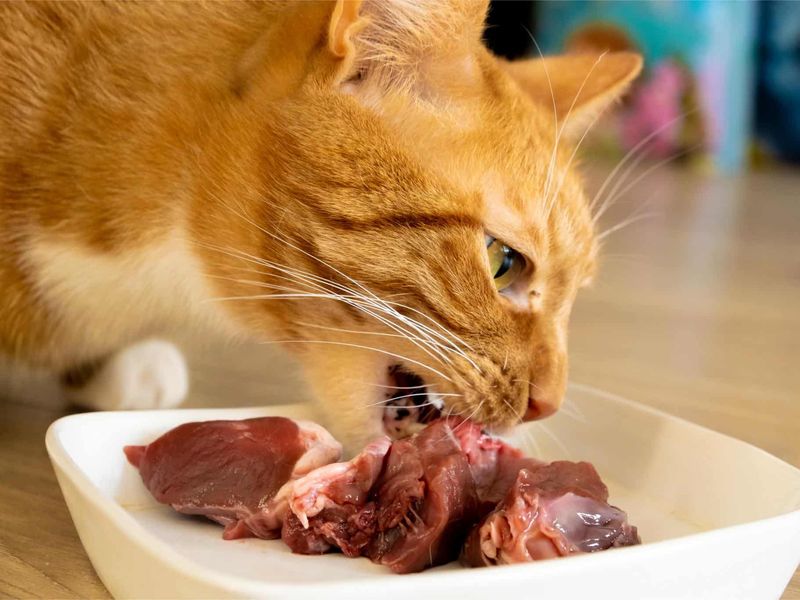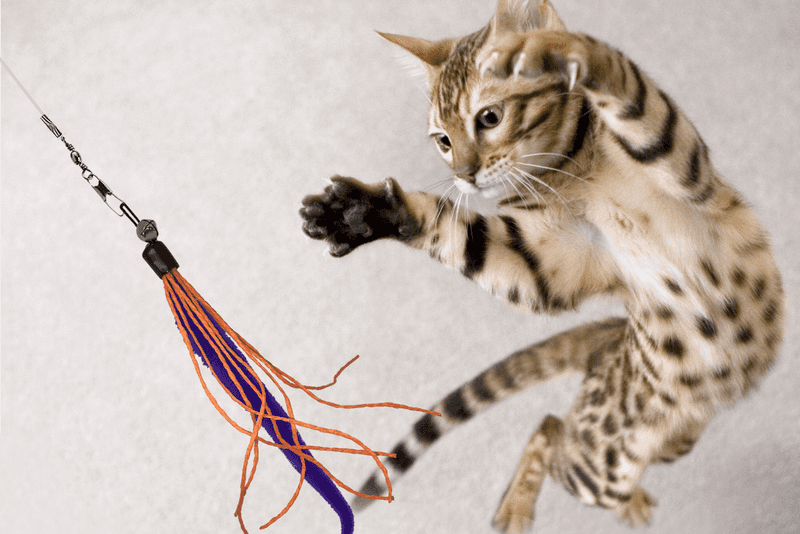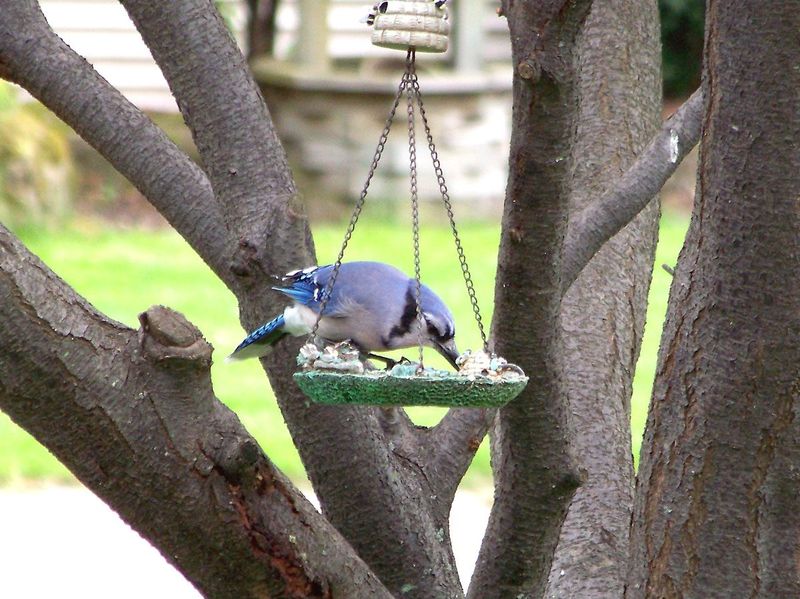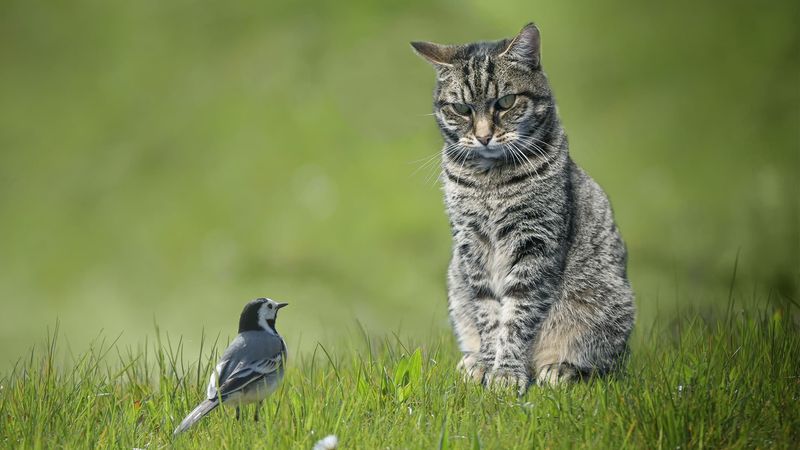📖 Table of Content:
- 1. Keep Your Cat Indoors
- 2. Build a Cat Enclosure (Catio)
- 3. Supervised Outdoor Time
- 4. Use a Cat Bib or Collar
- 5. Spay or Neuter Your Cat
- 6. Feed High-Protein, Satisfying Meals
- 7. Redirect Hunting Behavior
- 8. Limit Access to Bird Feeders and Nesting Areas
- 9. Educate Others and Support Wildlife Protection
Cats are natural-born hunters, with instincts finely tuned to chase, stalk, and capture prey. While this behavior is part of their evolutionary heritage, it poses a serious threat to native wildlife, particularly birds, reptiles, and small mammals. Millions of wild animals are killed by domestic cats every year, leading to significant biodiversity loss in many regions across the globe.
Pet owners may feel conflicted—balancing their cat’s happiness and freedom with their responsibility to protect the environment. The good news is that you don’t have to choose one or the other. By adopting thoughtful and manageable practices, you can reduce your cat’s predatory behavior without compromising their quality of life. Whether you’re a new cat parent or a long-time feline companion, proactive steps can make a real difference for both your pet and your local ecosystem.
This guide outlines nine practical and humane methods to minimize your cat’s impact on wildlife. By making a few simple changes to your routine, you’ll contribute meaningfully to wildlife conservation while giving your cat a safe, enriched life.
1. Keep Your Cat Indoors
Choosing to keep your cat indoors is the single most effective way to prevent it from harming wildlife. This decision may seem restrictive, but it actually opens up a world of possibilities for safer and more stimulating environments. Indoor cats live longer, healthier lives with reduced exposure to cars, diseases, and animal attacks. Rather than allowing unsupervised outdoor access, provide them with vertical spaces, window perches, and interactive play areas. You can simulate natural hunting instincts indoors using toys that mimic prey movement. Consider using bird videos on screens or puzzle feeders to keep their minds sharp. With time and consistency, most cats adapt well to indoor living and even thrive with the right stimulation.
2. Build a Cat Enclosure (Catio)
Installing a catio offers a perfect compromise between your cat’s desire for fresh air and your responsibility to local wildlife. These enclosed structures give your feline a taste of the outdoors without the risks that come with free-roaming. Catios can range from small window boxes to full garden patios, tailored to fit your space and budget. Within the enclosure, add ramps, shelves, and cozy spots to make it engaging and comfortable. This safe setup satisfies your cat’s curiosity while keeping birds and small animals out of harm’s way. Building a catio can also be a fun DIY project that strengthens your bond with your pet. By creating this safe outdoor haven, you preserve nature while nurturing your cat’s instincts in a controlled environment.
3. Supervised Outdoor Time
Allowing your cat supervised outdoor access is another smart way to limit their hunting opportunities. Using a harness and leash, you can explore your yard or neighborhood together while staying in control of your cat’s movements. This method takes patience and training, but many cats enjoy the experience and quickly adjust to the gear. When supervised, your cat won’t have the chance to pounce unseen on unsuspecting prey. These walks provide exercise, mental stimulation, and a safe dose of adventure. It’s best to start slow and use treats to positively reinforce the behavior. Walking your cat is a mindful, enriching activity that satisfies their curiosity while protecting wildlife from unintended harm.
4. Use a Cat Bib or Collar
Outfitting your cat with a brightly colored collar or a specially designed bib can greatly reduce their hunting success. Products like the Birdsbesafe collar make cats more visible to birds, who can then escape before it’s too late. These devices don’t stop cats from moving freely, but they interfere with their ability to ambush prey effectively. Unlike bells, which some cats learn to silence, visual deterrents offer more consistent results. Studies have shown dramatic drops in bird predation when such collars are used consistently. Always make sure any collar has a breakaway feature to prevent accidents. Integrating this simple accessory into your cat’s wardrobe can have a surprisingly large impact on wildlife protection.
5. Spay or Neuter Your Cat
Ensuring your cat is spayed or neutered doesn’t just help control the pet population—it can also reduce their hunting behavior. Sterilized cats tend to be less territorial and show decreased roaming tendencies, which lowers their exposure to wild animals. This procedure has long-term benefits for both cats and communities by curbing the number of stray or feral animals. Hormonal changes following the surgery often lead to a calmer, more home-focused demeanor. Cats that stay closer to home are less likely to find and hunt vulnerable wildlife. Veterinarians typically recommend early sterilization to prevent the development of strong territorial or hunting instincts. Taking this medical step supports a healthier lifestyle and reduces ecological disruption.
6. Feed High-Protein, Satisfying Meals
Providing your cat with a nutritious, protein-rich diet can subtly shift their motivation to hunt. Well-fed cats are less driven to seek food outdoors, especially if their meals closely mimic the nutritional profile of natural prey. Choose high-quality commercial food or consult your vet for the best options based on your cat’s needs. Mealtime routines also add structure and predictability, reducing anxiety and restlessness that may trigger outdoor roaming. Keep fresh water available to limit their attraction to puddles or other outside water sources. Supplements, when necessary, can also play a role in ensuring your cat feels physically satisfied. A consistently full and balanced belly can make wildlife less tempting to pursue.
7. Redirect Hunting Behavior
Engaging your cat in daily play sessions helps burn off energy and satisfy their predatory instincts in a safe, controlled way. Toys that simulate birds or mice—especially those that flutter, squeak, or dart—are especially effective. Rotate toys regularly to keep the novelty fresh and prevent boredom. By mimicking the chase-catch-kill cycle indoors, you channel your cat’s energy into play instead of wildlife. Interactive feeders or food puzzles can also stimulate foraging behaviors and keep their minds active. If you’re away often, consider battery-operated toys with timers to provide stimulation in your absence. When play becomes a regular part of your cat’s day, it meets their natural needs without endangering other animals.
8. Limit Access to Bird Feeders and Nesting Areas
Reducing your cat’s access to wildlife-rich spots around your home is another important strategy. Bird feeders should be placed high off the ground and far from places cats can jump from, such as decks or fences. Use baffles or barriers to prevent climbing and keep feeders away from shrubs where cats may hide. By minimizing these hunting zones, you reduce opportunities for surprise attacks. Nesting boxes and ground cover should also be positioned with wildlife safety in mind. Consider creating a “no-cat zone” around your yard’s most active wildlife areas. These adjustments keep both birds and your cat safer while maintaining your yard as a lively, natural space.
9. Educate Others and Support Wildlife Protection
Spreading awareness about cat-related wildlife threats can inspire broader community action. Conversations with neighbors, friends, and fellow pet owners can promote humane practices and shared responsibility. Support for local animal shelters and conservation groups helps fund programs that protect both cats and ecosystems. Volunteering, donating, or simply sharing resources online are powerful ways to extend your impact. You may also advocate for local policies that encourage responsible pet ownership, such as leash laws or trap-neuter-return programs. Educational signage in parks or neighborhoods can remind others of the importance of keeping cats contained. As more people take part in protecting wildlife, the collective benefit grows stronger and more sustainable.
